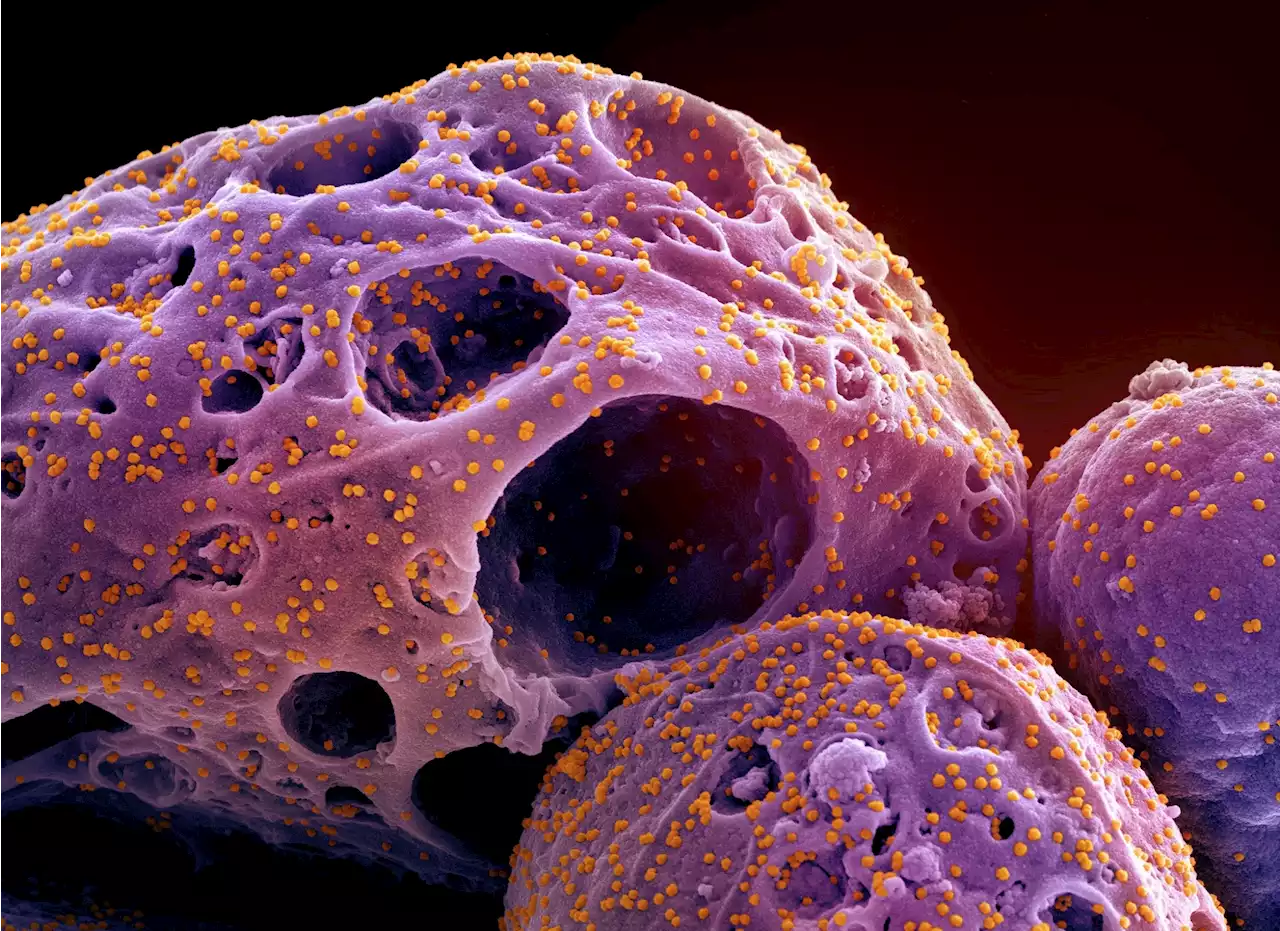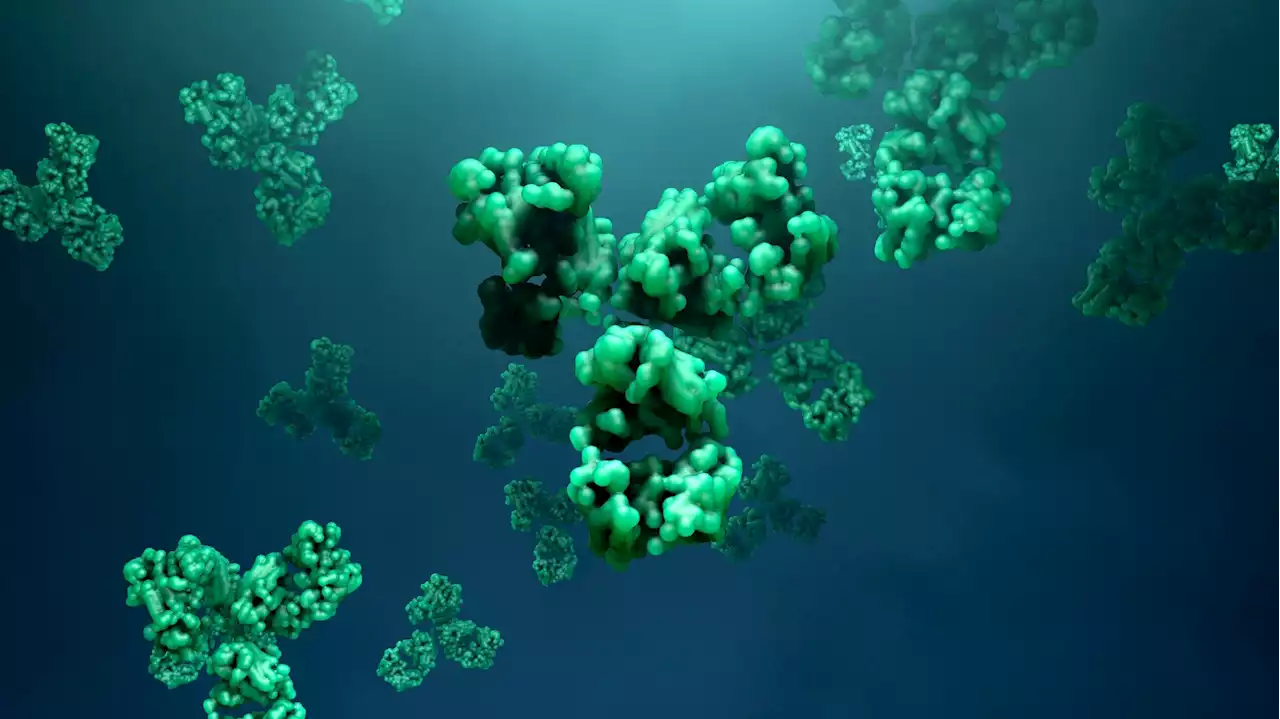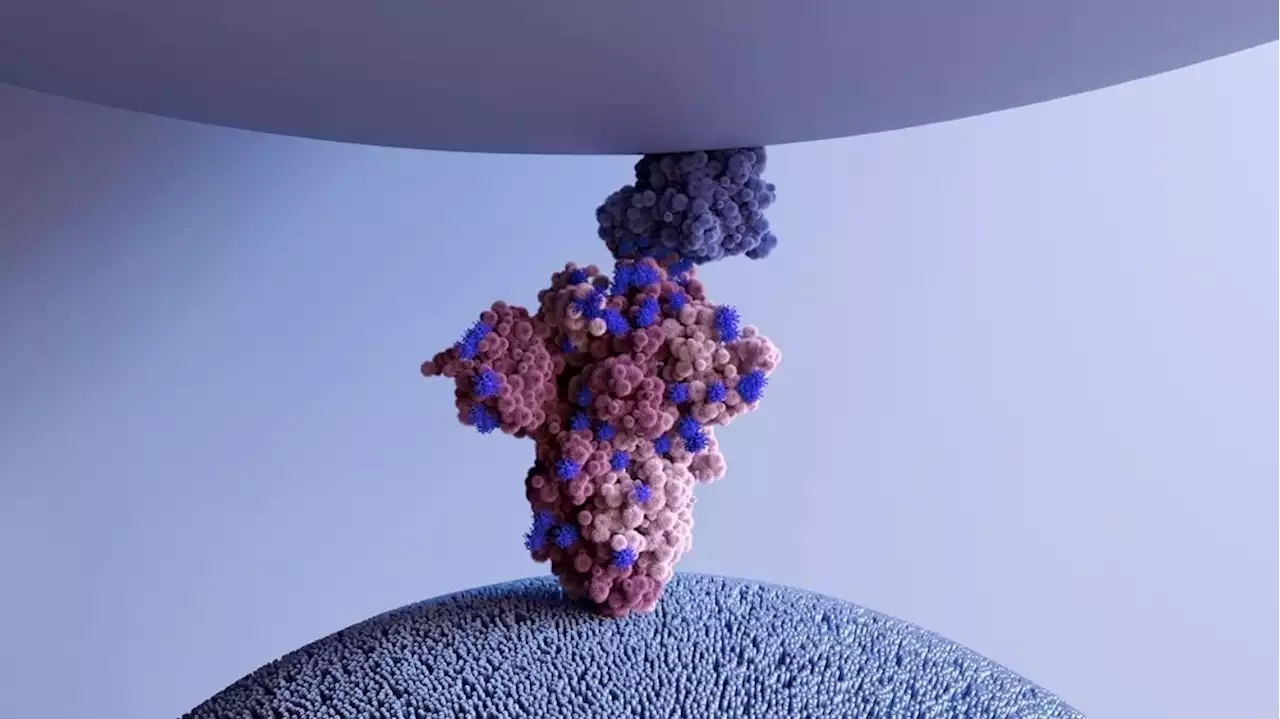Vimentin is an important co-receptor for SARS-CoV-2 infection Receptor SARSCoV2 Coronavirus Disease COVID ACE2 Vimentin iScience_CP IHU_Marseille univamu
By Nidhi Saha, BDSNov 2 2022Reviewed by Benedette Cuffari, M.Sc. A recent iScience journal study reports that cell-surface vimentin functions as a co-receptor for the entry of the severe acute respiratory syndrome coronavirus 2 into host cells to facilitate infection. Thus, targeting vimentin may provide a unique strategy for preventing the coronavirus disease 2019 .
The entry of SARS-CoV-2, which is a single-stranded enveloped ribonucleic acid virus), into host cells is a key factor for its infectivity and disease pathogenesis. To this end, SARS-CoV-2 primarily relies on its receptor binding domain within the spike protein to bind to the cell-surface angiotensin-converting enzyme 2 receptor for viral attachment. This subsequently allows the virus to enter endosomes and fuse with host-lysosomal membranes.
About the study In the current study, the researchers used a variety of epithelial cell lines, including Vero E6, human colon epithelial cells , and human alveolar basal epithelial cells , to determine the expression of ACE2, TMPRSS288, and vimentin. In the next step, the researchers assessed whether vimentin and ACE2 expression levels in Vero E6, Caco-2, and A549 cells were related to the entry of SARS-CoV-2 into cells.
Study findings Epithelial cells were found to express varying quantities of vimentin and ACE2. Vero E6 cells, for example, expressed higher levels of ACE2 as compared to Caco-2 and A549 cells. Conversely, both Vero E6 and Caco-2 cells expressed similar levels of TMPRSS2 that were significantly higher than the expression of this cell surface protein in A549 cells.
Taken together, these findings suggest that the expression of vimentin at the cell surface may favor the increased uptake of SARS-CoV-2 in Vero E6 cells as compared to the other epithelial cell lines. Further analysis of SARS-CoV-2 infection in Vero E6 cells revealed that vimentin expression increased at the cell surface after two and thirty minutes.
Australia Latest News, Australia Headlines
Similar News:You can also read news stories similar to this one that we have collected from other news sources.
 Frontiers | SARS-CoV-2 specific antibody trajectories in mothers and infants over two months following maternal infectionInfants exposed to caregivers infected with SARS-CoV-2 may have heightened infection risks relative to older children due to their more intensive care and feeding needs, and may experience more severe infection due to their less developed immune systems. However, there has been limited research on COVID-19 outcomes in exposed infants beyond the neonatal period. Between June 2020 – March 2021, we conducted interviews and collected capillary dried blood from SARS-CoV-2 infected mothers and their infants (aged 1-36 months) for up to two months following maternal infection onset (COVID+ group, 87% breastfeeding, n dyads=46 dyads). Comparative data were also collected from breastfeeding mothers with no known SARS-CoV-2 infection or exposures (breastfeeding control group, n dyads=26), and mothers who tested SARS-CoV-2 negative after experiencing symptoms or close contact exposure (COVID- group, n dyads=11, 73% breastfeeding). Dried blood samples were assayed for anti-SARS-CoV-2 S-RBD IgG and IgA positivity and anti-SARS-CoV-2 S1 + S2 IgG concentrations. Within the COVID+ group, the mean probability of seropositivity among infant samples was significantly lower than that of corresponding maternal samples (IgG 0.54 vs. 0.87; IgA 0.33 vs. 0.85), with likelihood of infant infection positively associated with the number of maternal symptoms and other household infections reported. COVID+ mothers reported a lower incidence of COVID-19 symptoms among their infants as compared to themselves and other household adults, and infants had similar PCR positivity rates as other household children. No samples returned by COVID- mothers or their infants tested antibody positive. Among the breastfeeding control group, 44% of mothers but none of their infants tested antibody positive in at least one sample. Results support previous research demonstrating minimal risks to infants following maternal COVID-19 infection, including for breastfeeding infants.
Frontiers | SARS-CoV-2 specific antibody trajectories in mothers and infants over two months following maternal infectionInfants exposed to caregivers infected with SARS-CoV-2 may have heightened infection risks relative to older children due to their more intensive care and feeding needs, and may experience more severe infection due to their less developed immune systems. However, there has been limited research on COVID-19 outcomes in exposed infants beyond the neonatal period. Between June 2020 – March 2021, we conducted interviews and collected capillary dried blood from SARS-CoV-2 infected mothers and their infants (aged 1-36 months) for up to two months following maternal infection onset (COVID+ group, 87% breastfeeding, n dyads=46 dyads). Comparative data were also collected from breastfeeding mothers with no known SARS-CoV-2 infection or exposures (breastfeeding control group, n dyads=26), and mothers who tested SARS-CoV-2 negative after experiencing symptoms or close contact exposure (COVID- group, n dyads=11, 73% breastfeeding). Dried blood samples were assayed for anti-SARS-CoV-2 S-RBD IgG and IgA positivity and anti-SARS-CoV-2 S1 + S2 IgG concentrations. Within the COVID+ group, the mean probability of seropositivity among infant samples was significantly lower than that of corresponding maternal samples (IgG 0.54 vs. 0.87; IgA 0.33 vs. 0.85), with likelihood of infant infection positively associated with the number of maternal symptoms and other household infections reported. COVID+ mothers reported a lower incidence of COVID-19 symptoms among their infants as compared to themselves and other household adults, and infants had similar PCR positivity rates as other household children. No samples returned by COVID- mothers or their infants tested antibody positive. Among the breastfeeding control group, 44% of mothers but none of their infants tested antibody positive in at least one sample. Results support previous research demonstrating minimal risks to infants following maternal COVID-19 infection, including for breastfeeding infants.
Read more »
 Exploring viral loads of SARS-CoV-2 Omicron BA.5 and BA.2 sublineagesIn a new study, researchers compared the viral loads of severe acute respiratory syndrome coronavirus 2 (SARS-CoV-2) Omicron BA.5 and BA.2 sublineages.
Exploring viral loads of SARS-CoV-2 Omicron BA.5 and BA.2 sublineagesIn a new study, researchers compared the viral loads of severe acute respiratory syndrome coronavirus 2 (SARS-CoV-2) Omicron BA.5 and BA.2 sublineages.
Read more »
 Bivalent mRNA booster broadens humoral immunity against SARS-CoV-2 Omicron subvariantsResearchers at Emory University, Stanford University, and the National Institute of Allergy and Infectious Diseases evaluated whether bivalent coronavirus disease 2019 (COVID-19) boosters conferred protection against new Omicron subvariants.
Bivalent mRNA booster broadens humoral immunity against SARS-CoV-2 Omicron subvariantsResearchers at Emory University, Stanford University, and the National Institute of Allergy and Infectious Diseases evaluated whether bivalent coronavirus disease 2019 (COVID-19) boosters conferred protection against new Omicron subvariants.
Read more »
 Scientists identify a broadly neutralizing antibody against all dominant SARS-CoV-2 variantsScientists identify a broadly neutralizing antibody against all dominant SARS-CoV-2 variants Antibody SARSCoV2 Coronavirus Disease COVID biorxivpreprint WeillCornell UWMadison scrippsresearch UChicago IcahnMountSinai seattlechildren
Scientists identify a broadly neutralizing antibody against all dominant SARS-CoV-2 variantsScientists identify a broadly neutralizing antibody against all dominant SARS-CoV-2 variants Antibody SARSCoV2 Coronavirus Disease COVID biorxivpreprint WeillCornell UWMadison scrippsresearch UChicago IcahnMountSinai seattlechildren
Read more »
 Exploring trends in SARS-CoV-2 RNA concentrations in wastewaterExploring trends in SARS-CoV-2 RNA concentrations in wastewater medrxivpreprint Stanford EmoryUniversity SARSCoV2 COVID19 RNA Wastewater
Exploring trends in SARS-CoV-2 RNA concentrations in wastewaterExploring trends in SARS-CoV-2 RNA concentrations in wastewater medrxivpreprint Stanford EmoryUniversity SARSCoV2 COVID19 RNA Wastewater
Read more »
